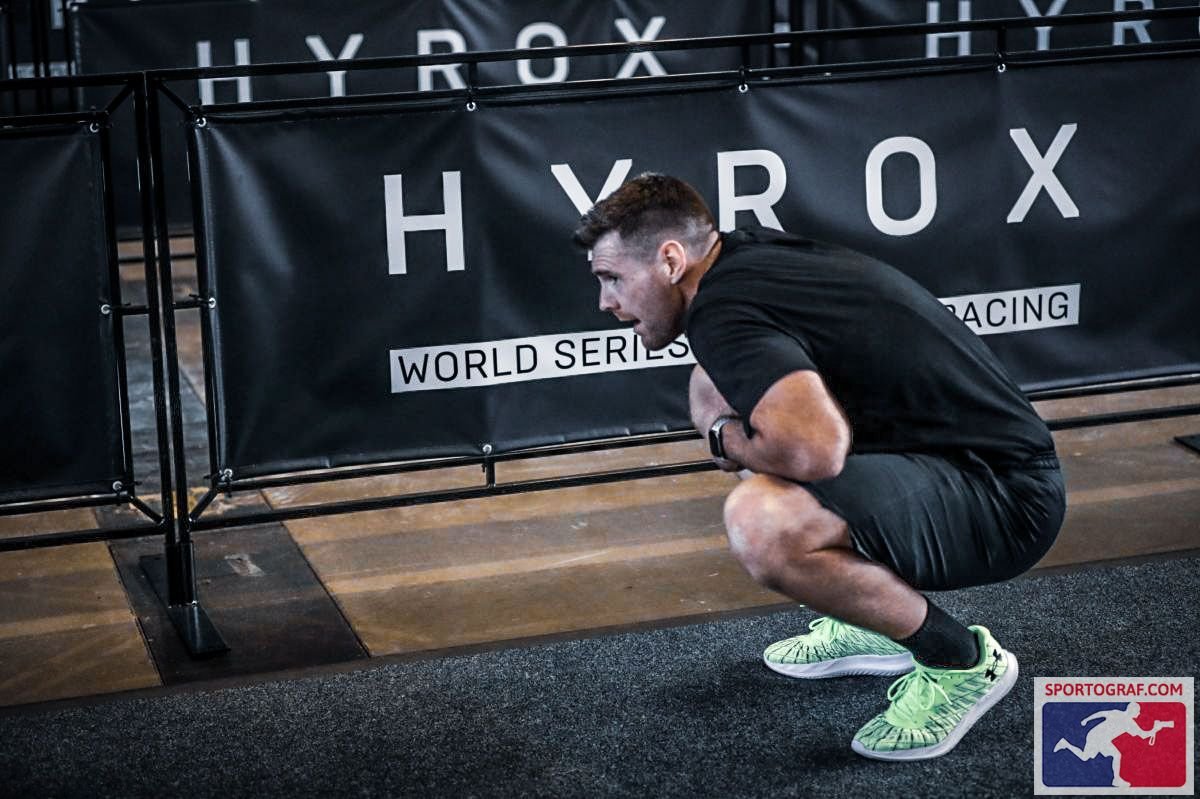Injured Six Weeks Before Your Hyrox Race?
Overcoming Injury Six Weeks Before Your Hyrox Race: A Guide to Recovery and Resilience
Injury is never easy to face, especially when you’re just weeks away from a big event like a Hyrox race. For many athletes, there’s an initial resistance to acknowledging the injury, driven by the hope that it will "just come right." However, denial often leads to further setbacks. Accepting the injury and taking proactive steps is the best way to recover effectively and keep your long-term fitness goals on track. Here’s a guide to help you navigate this challenging time.
1. Acceptance: The First Step to Recovery
Acknowledging that you’re injured can be tough, but it’s a crucial first step. Many athletes resist this, fearing it means giving up on their goals. However, continuing to push through pain rarely resolves the issue. Instead, pause and ask yourself: What are the benefits of this injury? How can this help me now and in the long term?
Reframing the situation in this way allows you to see the injury as an opportunity to grow, refocus, and address areas you may have been neglecting in your training.
2. Seek Professional Advice Immediately
Don’t delay seeing a doctor or physiotherapist—even if the injury seems minor. These professionals can help differentiate between normal muscle soreness and something more serious. Early intervention is key to understanding the extent of the injury and planning an appropriate recovery strategy.
3. Adapt Your Training
Being injured doesn’t mean stopping all activity. There are always ways to continue training while protecting your injury:
Swap Running for Low-Impact Cardio: If running aggravates your injury, try cycling, rowing, or using the ski erg. These alternatives can help maintain your cardiovascular fitness without stressing the injured area.
Strengthen Other Areas: Focus on parts of your body that are unaffected. For example, a knee injury might be the perfect opportunity to work on upper-body strength, mobility, or core stability.
Explore New Training Styles: Incorporate activities like yoga or Pilates to improve flexibility, balance, and mental focus.
4. Action Trumps Anxiety: Build a Recovery Plan
Uncertainty can be overwhelming, but creating a plan helps turn anxiety into action. Once you’ve accepted the injury and consulted a professional, start exploring pain-free exercises you can do. Then map out a weekly schedule:
Daily Workouts: Plan what exercises you’ll do each day, ensuring they’re safe for your injury.
Sets and Reps: Define how many sets and repetitions you’ll perform, focusing on quality over quantity.
Having a structured plan keeps you mentally engaged and gives you a sense of progress even while recovering.
5. Post-Race Recovery and Long-Term Goals
If your injury prevents you from competing or performing at your best, it’s essential to have a post-race plan. Use this time to:
Rebuild Strength: Gradually reintroduce activities and movements as your injury heals.
Reflect and Refocus: Think about what you’ve learned from the experience and how it can shape your future training.
Injury recovery is not just about physical healing; it’s an opportunity to strengthen your mindset and resilience. By taking the right steps now, you’ll set yourself up for long-term success—both in your next Hyrox race and beyond.
Facing an injury six weeks out from your race is undoubtedly challenging, but with acceptance, professional guidance, and a well-adapted plan, you can stay on track with your fitness goals. Remember, this is just a temporary setback. Stay focused, stay positive, and trust in the process of recovery.

